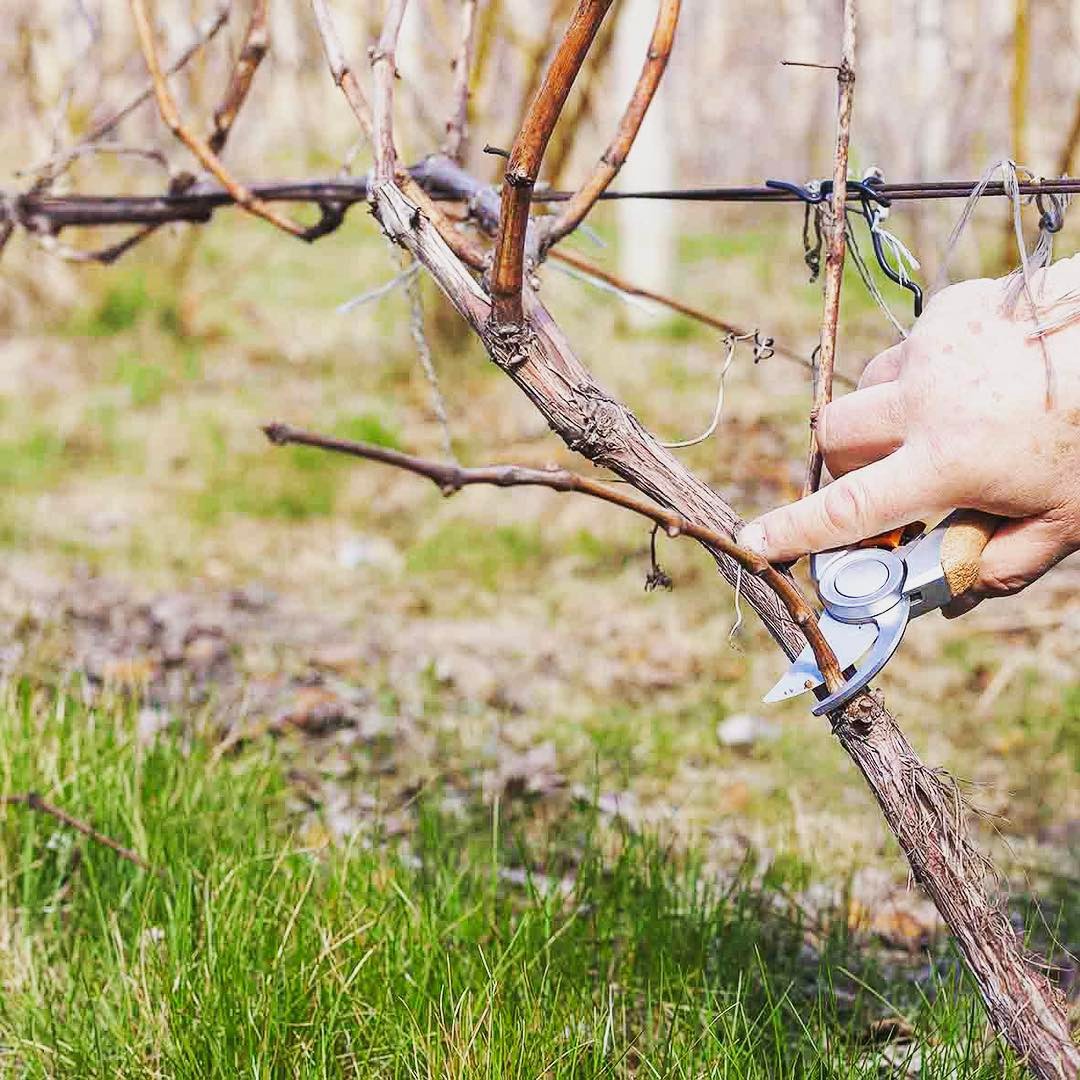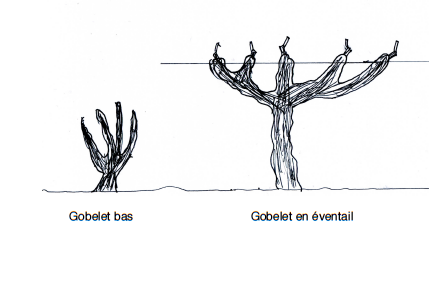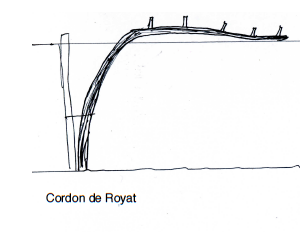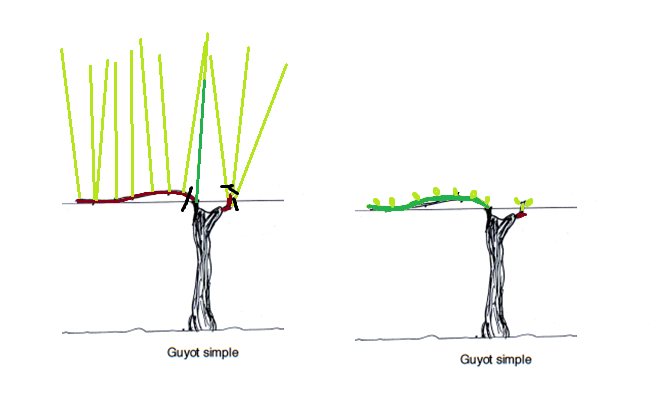A lesson in size
Following the grape harvests, in the middle of winter, the vineyards are resting, but the winemakers of Vinovalie are busy laying the ground for the next harvest. Pruning the vine is a key step, it is the starting point for a long series of tasks enabling our winemakers to create successful future harvests.__________

The purpose of pruning
The first operation after the harvest, pruning is done in winter during the non-growth period, as soon as the leaves have fallen and the sap has come down again, until the moment of budbreak (this is the time of year when the buds begin to develop), which lasts about five months. As such, from the month of November when the leaves are falling, to the month of March, before the plants start growing again, our vine growers are busy in their vineyards. It's pruning time! This is a crucial step and very important to get off to a good start.
Naturally the vine is untidy (it's a vine), its tendrils clinging to everything nearby. It is enough to observe a vine in the wild state, or even a vine which one did not canalize soon enough to be convinced of it. An unpruned vine will produce many grapes, but small and acidic, not suitable for the production of quality wine. To leave a vine without pruning it would also cause an excessive irregularities in the volume of the harvest. They must be pruned to preserve their qualitative potential and to lengthen their lifespans.
Pruning controls elongation, the ageing of the strain, it helps manage the number of bunches and distributes the bunches in a harmonious way to facilitate harvesting.
To control the lengthening of the strain and the ageing of the strain
The primary role of pruning is to ensure the best possible flow of sap to the fruit buds. It is therefore important that the sap is distributed to all buds equally, as it provides the energy necessary for growth. But an excess of sap interferes with fertility. It is by balancing growth and fertility that one achieves the ideal quality level.
Balancing the silhouette of the vine
Pruning controls the number of bunches and distributes the bunches harmoniously to facilitate harvesting. The goals are to avoid crowding the foliage, to maximize the capture of light through optimal leaf area, and then to promote the aeration of the bunches.
Different types of pruning
There are many pruning styles in use in France and around the world. The three main ones in the South-West, used by Vinovalie winemakers, are goblet pruning, Royat cord pruning, and Guyot pruning.
Gobelet pruning

Before the vines were not trellised, so they were pruned in low bush form. The vine then had many twigs, but smaller, so they did not reach the ground. Gobelet pruning slows things down because it is not mechanizable.
3 to 5 main branches ending in a spur of 3 or 4 stems (buds, also called eyes).
Royat cord pruning

Royat cord pruning is similar to trellised gobelet pruning. There are two conflicting schools on which of these two pruning styles allows the best sap flow and better nutrition for the vine. Cord and trellised gobelet pruning is used to control the growth of the vine, but is a little less productive than guyot pruning.
1 or 2 horizontal branches each having 3 or 4 spurs with 2 eyes.
Guyot cord pruning

Guyot pruning is a more productive method because only the fruiting buds are kept. It is a very practical method because one can choose to produce a lot or a little, depending on the length of the stem that is left, and therefore the number of buds.
It is a mixed pruning style on a short frame. 1 or 2 slats plus one or 2 spurs with 2 eyes.
TRP pruning
Precision pruning is a mechanical pruning system created by Italian winegrowers. It does not require the vines to be trellised and can be mechanised. It is a pruning system reserved for the IGP because it increases productivity.
At Vinovalie, we have a hundred hectares using TRP pruning.
Before taking an interest in taste, one should ask why each region seems to prefer a particular pruning style ?
Why is it useful to know the way in which a vine is pruned? At a blind tasting, can you say if a wine comes from a Guyot, a gobelet or a Royat cord?
If you have very good knowledge of the wine regions, you can state that a Minervois is certainly gobelet, a Bergerac is double Guyot, a Beaujolais is gobelet or Royat cord. But this knowledge will not affect the taste, it is purely visual.
If by tasting we can not really recognize the type of pruning, we will still be able to understand if the yield was low, or not. If you take a wine that has a yield of 120 hl/ha, the wine will be brighter, less colourful, less alcoholic. If you drink a sweet wine, you may conclude that the yield was low, same thing for a red wine which is very alcoholic and with a deep colour. For a rosé wine or a very dry white wine, we need a higher yield because we are looking for freshness. It will therefore be necessary to leave more buds on the vine after pruning.
